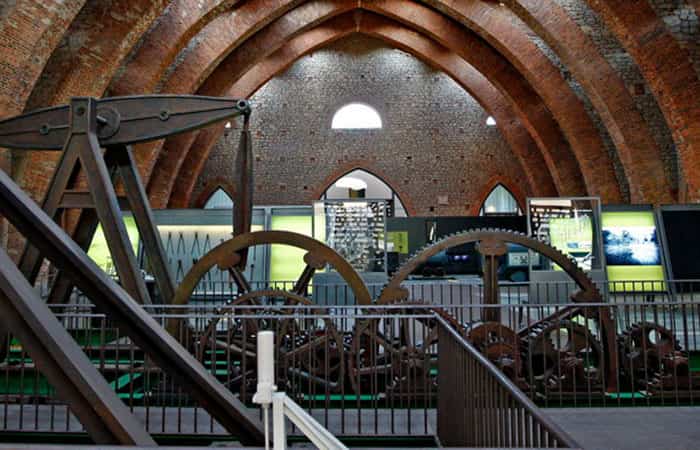Ecomuseum of the Molino del los Ojos (Ecomuseum of the Mill of the Eyes)
Description
Ecomuseum of the Molino del los Ojos (Ecomuseum of the Mill of the Eyes)
Description:
Year of establishment:
Guided tours:
Educational services:
Other services:
Useful Information (updated info on the structure's website)
Website: https://www.terranostrum.es/turismo/ecomuseo-el-molino-de-los-ojos
Text source: ecomuseum website
Photo: Google
CEIPEM PROJECT: Heritage Interpretation Experience Centres, Ecomuseums and Museums
For detailed information on the procedures for entering, modifying, deleting and classifying structures, see the reference page:
CEIPEM Project: Heritage Interpretation Experience Centers, Ecomuseums and Museums
Data Room
See on Google Maps



